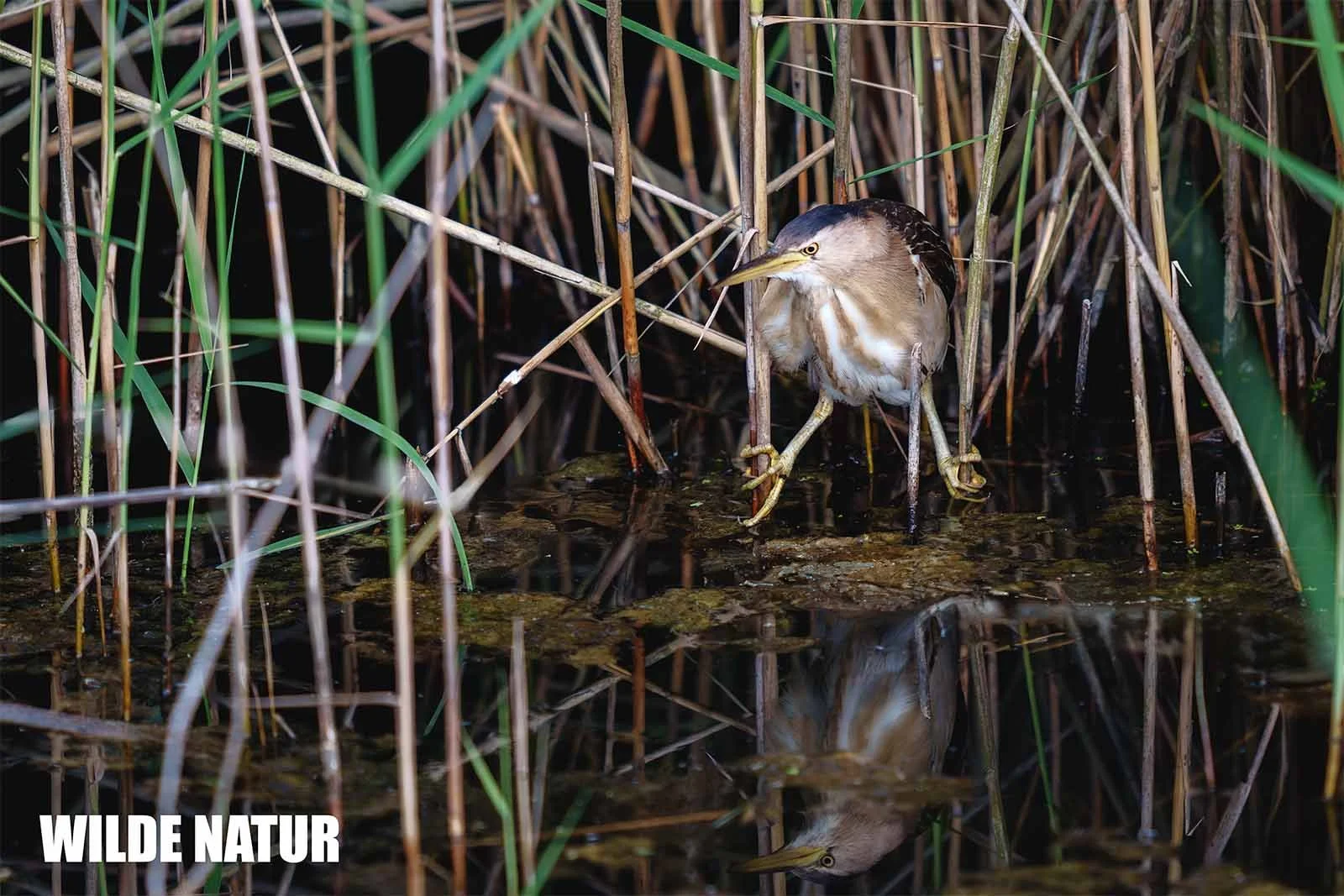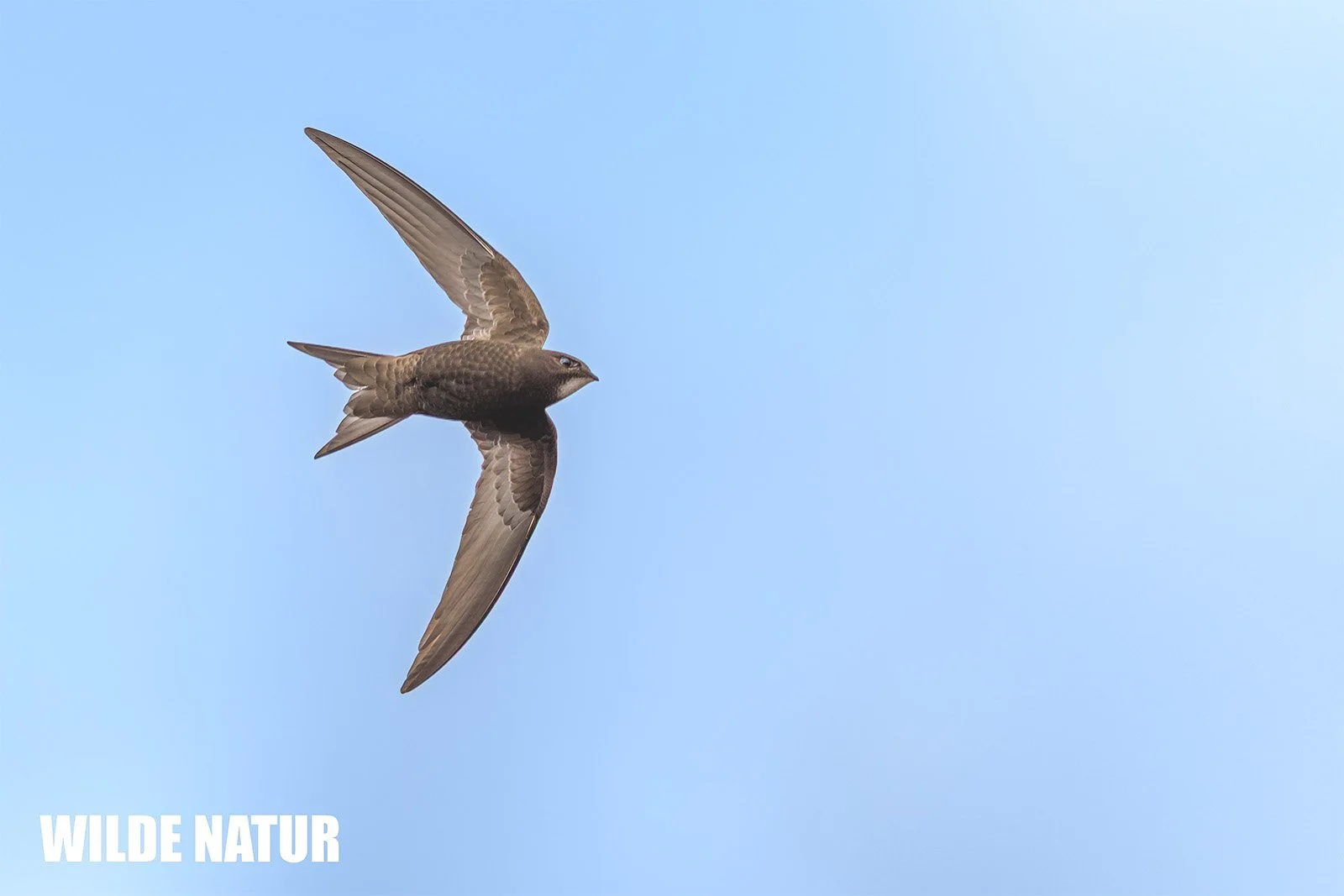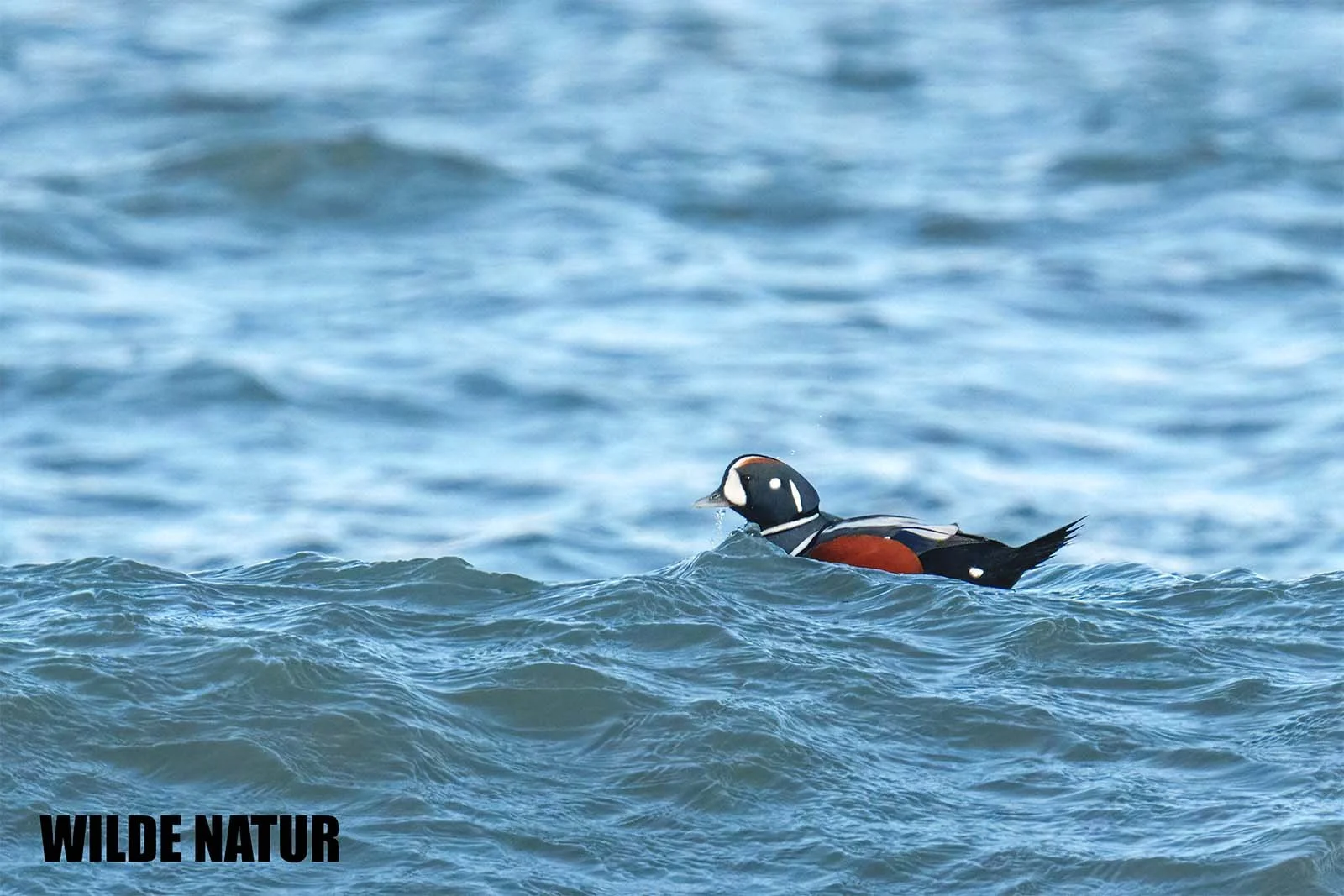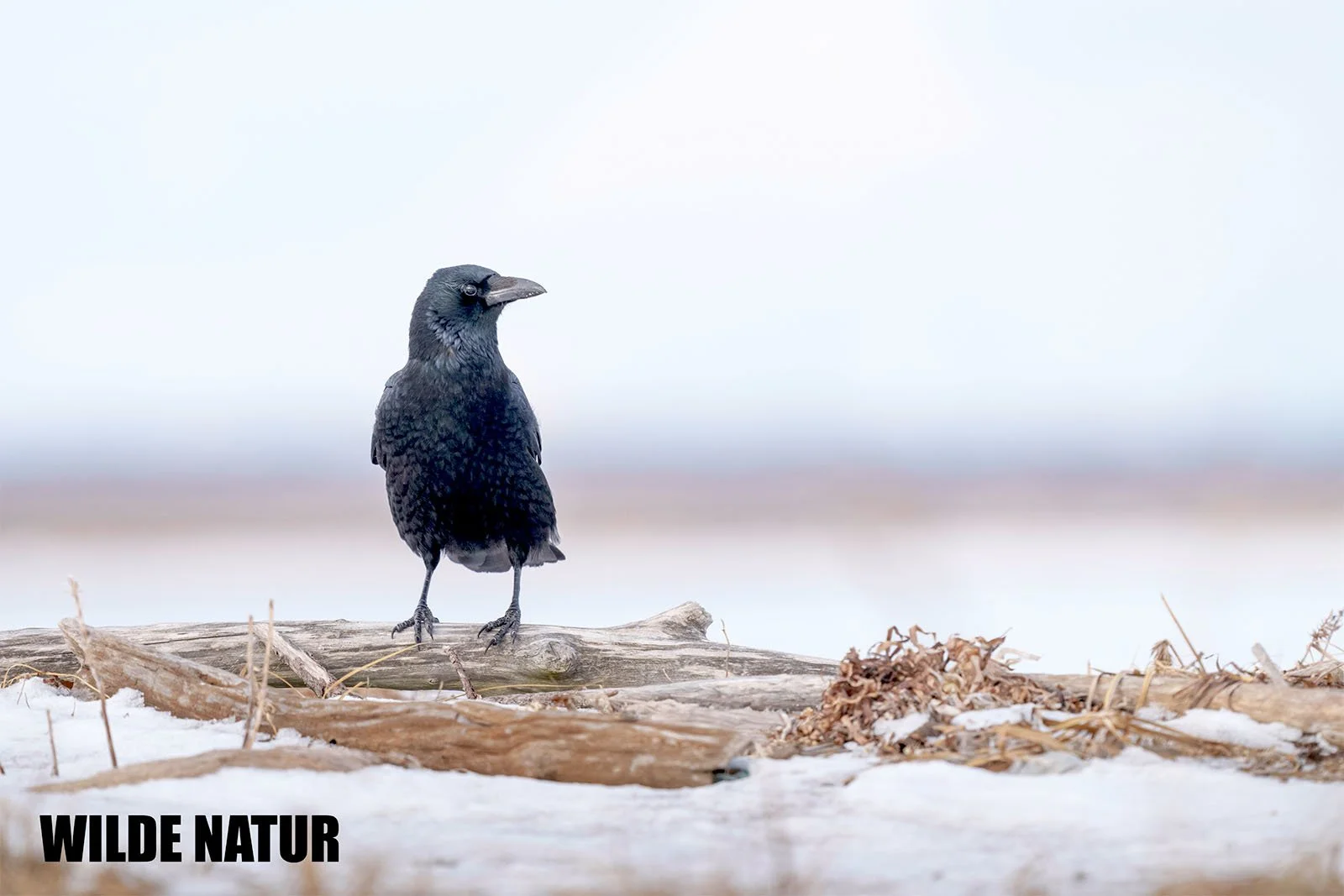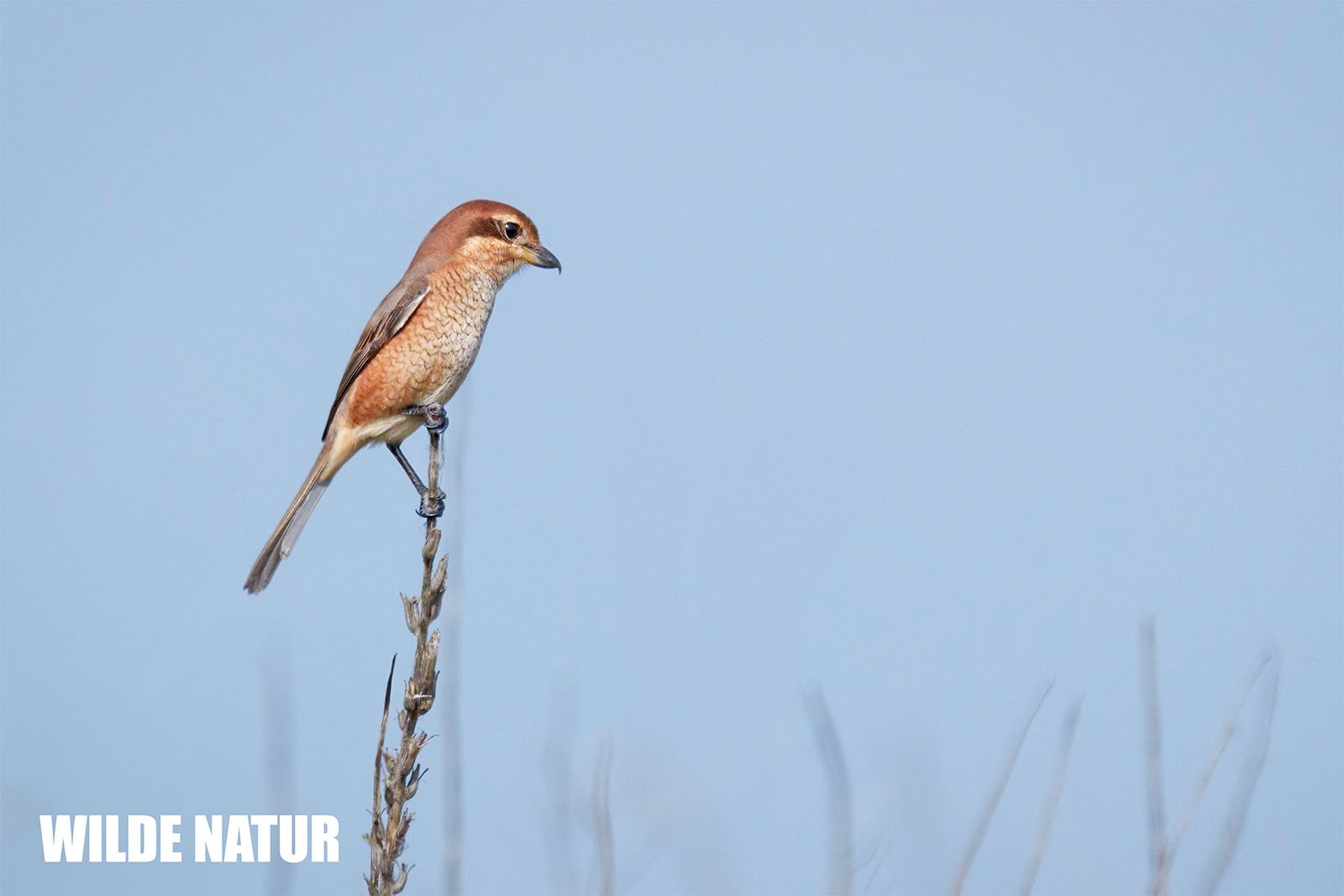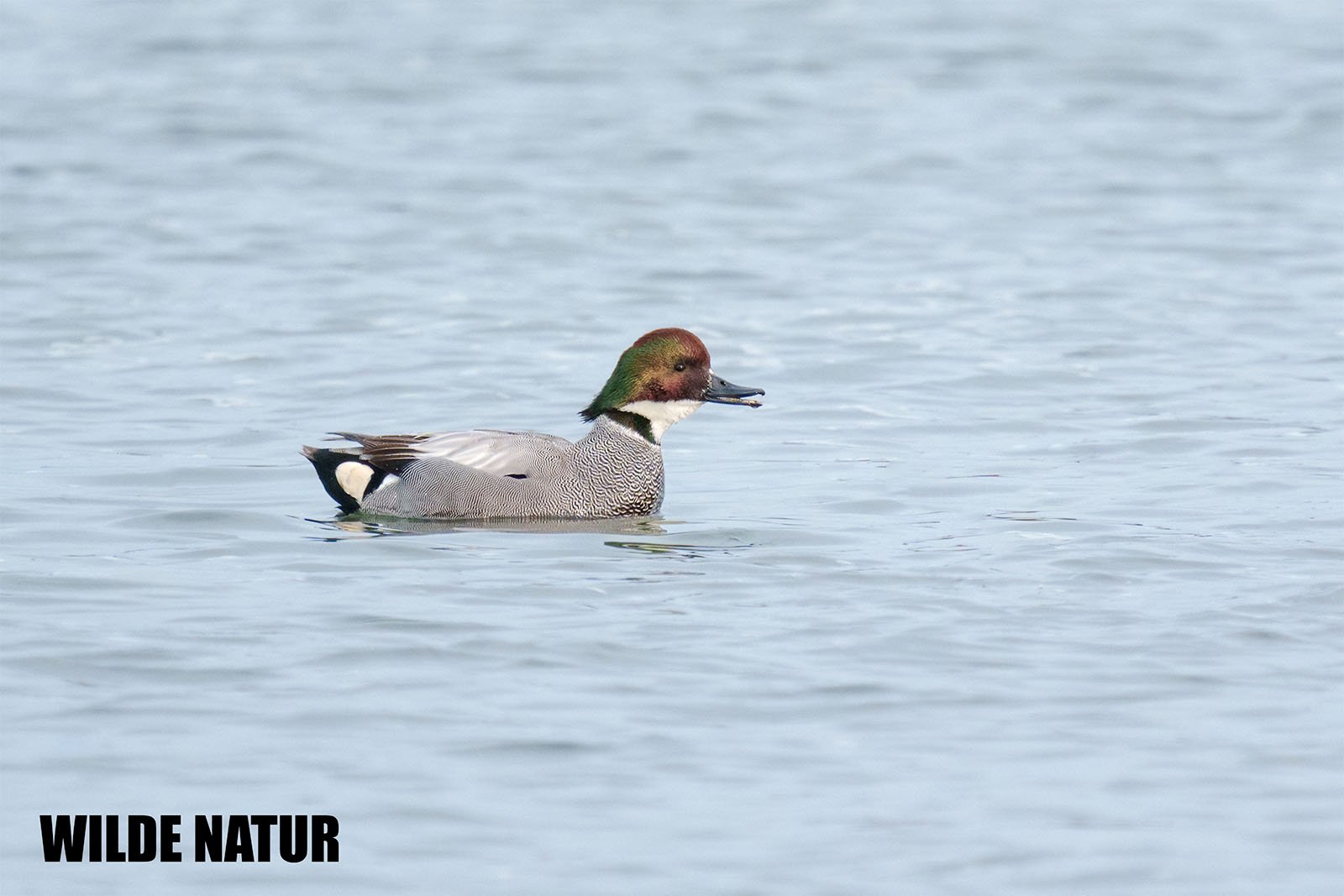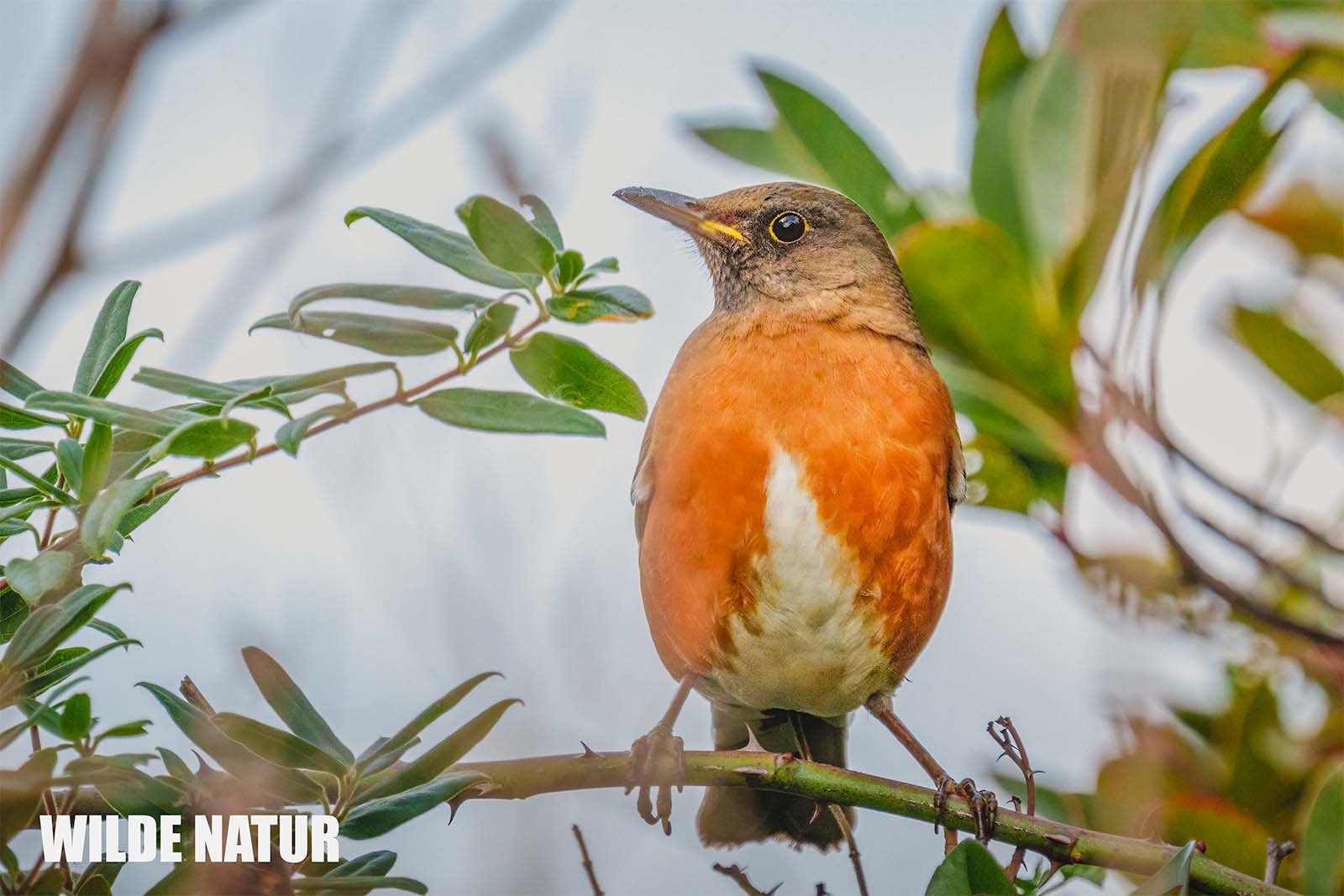Barn swallow (Hirundo rustica)
Barn swallow (Hirundo rustica) with its striking reddish-brown throat and white underside
Barn Swallow (Hirundo rustica) – The Graceful Flyer
The barn swallow is a small, agile songbird known for its elegant flight and long tail streamers. With its shiny black-blue feathers and reddish-brown throat, it is one of the most recognizable swallows in Europe. Barn swallows often nest in human structures like barns and stables, making them common in rural areas.
Quick Facts:
- Size: 17–21 cm
- Features: Shiny blue-black feathers, reddish-brown forehead and throat, long tail streamers
- Habitat: Open countryside, villages, and the edges of towns, prefers nesting in buildings
- Breeding: Nests made of mud and plant material, usually found in barns or stables
- Diet: Flying insects, caught in mid-air
The barn swallow is known for its graceful flight and long, forked tail, which gives it a sleek and agile appearance.
Table of Contents
- Introduction: The Barn Swallow – Elegance in Flight
- Features and Appearance: How to Recognize the Barn Swallow
- Habitat and Distribution: Where the Barn Swallow Lives
- Behavior and Diet: An Aerial Insect Hunter
- Breeding: Nests Close to Humans
- FAQ: Common Questions About the Barn Swallow
- Shortlist – Key Features
1. Introduction: The Barn Swallow – Elegance in Flight
The barn swallow is best known for its elegant flying skills. With its long, forked tail and fast flight, it catches insects in mid-air with ease. This bird is often found in open fields and near human buildings, where it builds its nest in barns or stables.
2. Features and Appearance: How to Recognize the Barn Swallow
The barn swallow is easy to recognize due to its contrasting colors and slender body. Its long tail streamers make it stand out in flight.
Feathers:
- Upper side: The upper side of the barn swallow is a shiny blue-black color. In sunlight, the feathers have a metallic sheen, giving the bird an elegant look.
- Underside: The underside is whitish, which contrasts with the dark upper side, making the bird clearly visible when flying.
- Throat and Forehead: The reddish-brown throat and forehead are distinctive features. This warm color gives the bird a striking facial appearance.
- Tail: The barn swallow has a long, forked tail with thin tail streamers. These extended tail feathers give it a sleek and graceful appearance, especially in flight.
Beak: The short, black beak is perfectly shaped for catching insects while flying. It is strong enough to grab small prey quickly and efficiently.
Eyes: The dark, round eyes are alert and positioned high on the head, giving the swallow a lively and attentive look, which is crucial for spotting insects in mid-air.
Feet: The small, black feet are slender but strong enough to perch on wires, walls, or buildings. The barn swallow often rests on wires or walls while keeping an eye on its surroundings.
3. Habitat and Distribution: Where the Barn Swallow Lives
Barn swallows are closely linked to open landscapes and human settlements. They prefer areas with open fields, meadows, and water, where they can hunt for insects. Typical nesting places include barns, stables, and other buildings that provide shelter and protection for their nests. They are common in rural areas but also found near the outskirts of towns.
4. Behavior and Diet: An Aerial Insect Hunter
The barn swallow is an excellent flyer and catches its food while flying. Its diet consists mainly of flying insects, such as flies and mosquitoes, which it captures during its swift and agile flight. Its long wings and forked tail allow it to make quick turns and maneuvers while chasing prey.
Swallows are often seen flying over fields, meadows, or near water, where insects are abundant. Their fast and agile flight makes them appear graceful and efficient.
5. Breeding: Nests Close to Humans
Barn swallows build their nests close to human structures, where they find safety from predators and bad weather. The nest is made from mud, plant material, and grass, usually placed on beams, ledges, or roof supports. The breeding season begins in late spring, and the female lays 4–5 eggs, which are incubated for about two weeks. Both parents feed the chicks until they are ready to fly.
6. FAQ: Common Questions About the Barn Swallow
1. When is the best time to see barn swallows?
Barn swallows are most active in spring and summer in Europe. They return from their wintering grounds in Africa and can be seen near open fields and buildings.
2. What do barn swallows eat?
Barn swallows feed on flying insects, such as flies and mosquitoes, which they catch while flying.
3. Where do barn swallows build their nests?
Barn swallows build their nests in buildings, often in barns or stables, where they are protected. The nest is made of mud and plant materials.
4. How can you recognize a barn swallow?
Barn swallows have shiny blue-black feathers, a reddish-brown throat, and a long, forked tail with streamers. These features make them easy to recognize.
5. When do barn swallows breed?
The breeding season starts in late spring, and the female lays 4–5 eggs, which are incubated for about two weeks.
7. Shortlist – Key Features
- Size: 17–21 cm
- Upper side: Shiny blue-black
- Underside: Whitish
- Throat and Forehead: Reddish-brown
- Tail: Long, forked, with streamers
- Beak: Short, black
- Eyes: Dark, alert
- Feet: Small, black
- Habitat: Open landscapes, villages, town edges, buildings
- Diet: Flying insects
The barn swallow is a graceful and fast bird, easily recognized by its shiny feathers and long tail. It is a skilled insect hunter and often seen flying low over fields or resting on buildings near its nest.




